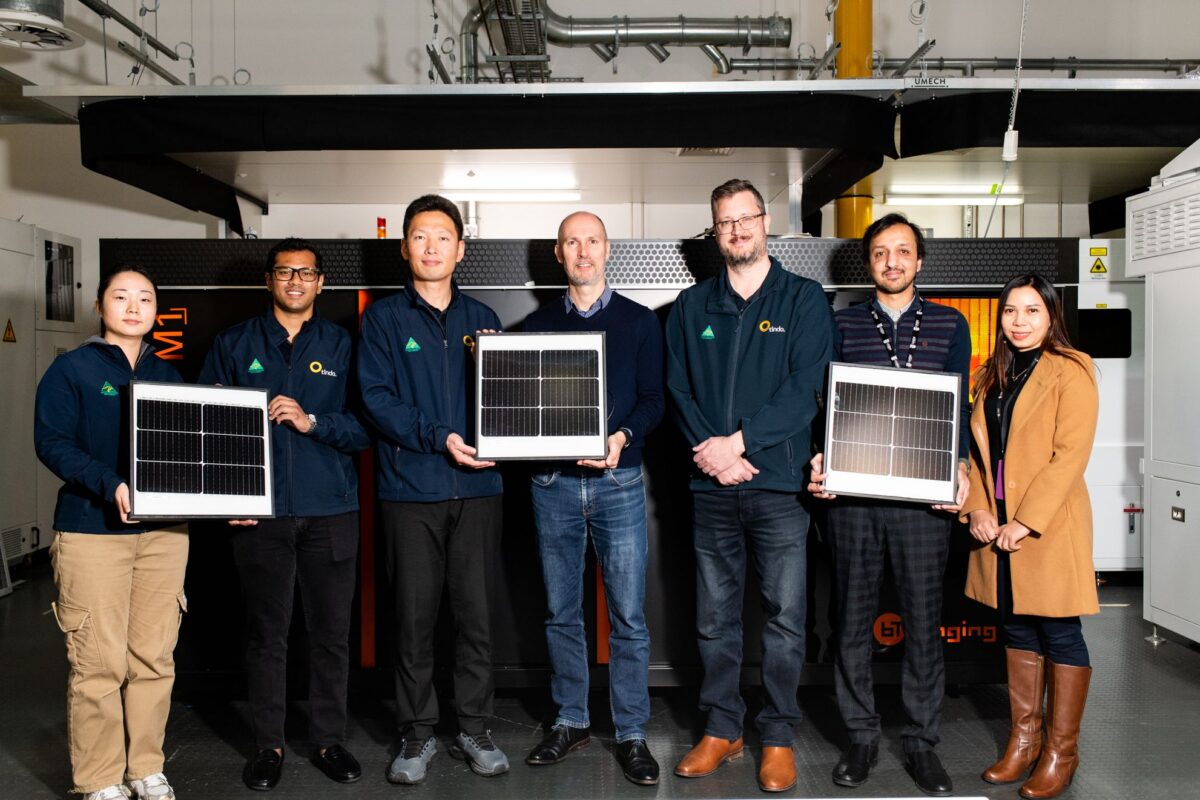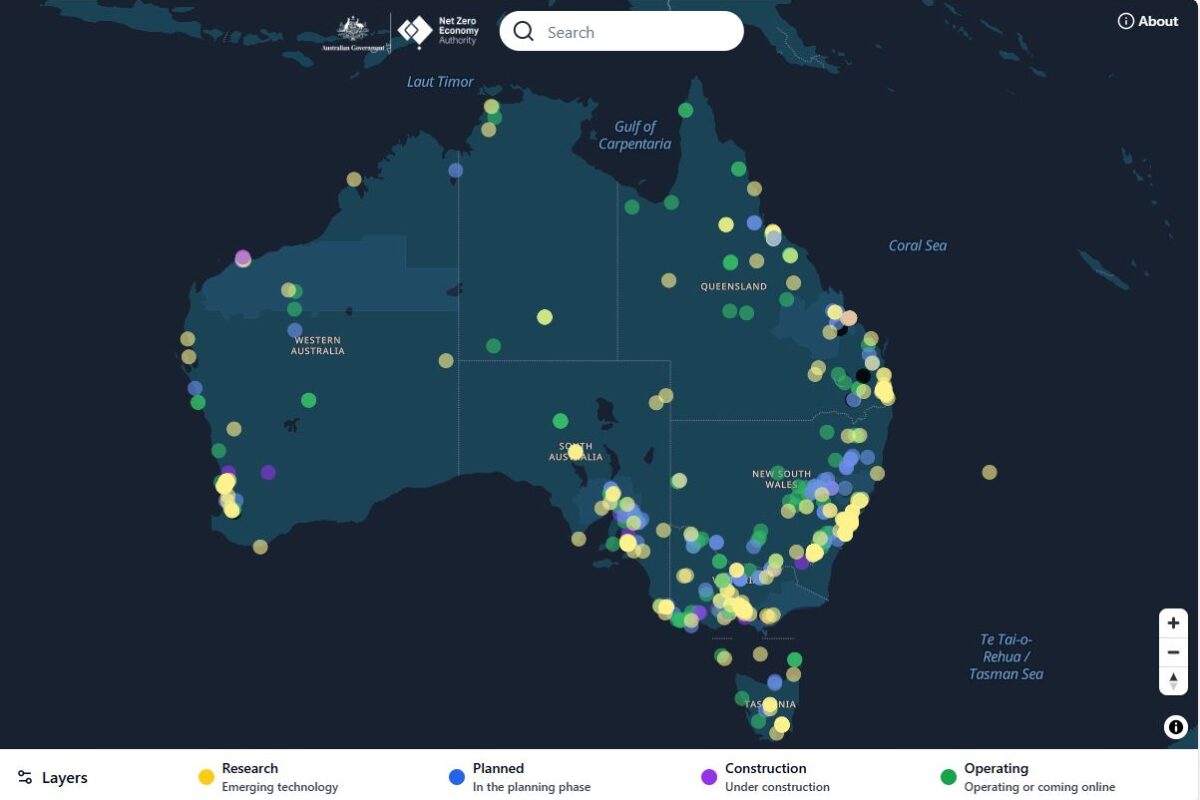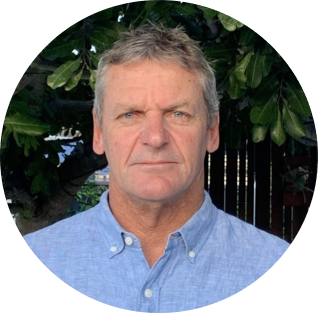Adelaide-based Tindo Solar is partnering with researchers at the University of New South Wales (UNSW) on two research and development projects, including one focused on improving the durability and performance of next-generation tunnel oxide passivated contact (TOPCon) PV cells.
TOPCon technology is fast becoming the new industry standard, offering performance advantages over traditional passivated emitter and rear contact (PERC) cells, including energy conversion efficiencies of about 27% in laboratory testing compared to up to 25% for PERC cells.
The TOPCon technology does however present some reliability challenges with research by UNSW and other institutions uncovering inherent vulnerabilities, especially concerning metal contacts and thin films.
Bram Hoex, from the UNSW School of Photovoltaic and Renewable Energy Engineering, said a key challenge is that these failure modes may develop over decades in the field, and waiting that long to address them is not feasible.
“TOPCon presents an exciting leap in efficiency, but to ensure its long-term success, we have to understand its unique features, including its sensitivities to the various environmental stresses,” he said.
“The TOPCon solar cell manufacturing process is evolving rapidly, with frequent adjustments that can either positively or negatively impact cell sensitivity to module components and environmental stresses.”
“Identifying these vulnerabilities and understanding their fundamental mechanisms is essential for designing modules well-suited to Australia’s climate, while also unlocking opportunities for broader global applications.”
The project focuses on accelerated stress testing, contaminant sensitivity analysis, and microscale degradation modelling to uncover how environmental factors affect TOPCon module performance – feeding these insights directly into Tindo’s production line to develop more durable, market-ready technology.
Tindo Chief Executive Officer Richard Petterson said the company has its own in-house design and engineering innovation function but its collaboration with UNSW will help optimise TOPCon technology so it produces high levels of power in all climatic conditions.
“It’s the blend of industry and research that will develop the next generations of solar technology,” he said. “The PERC solar cell is an excellent technology for converting sunlight into electricity, the TOPCon cell offers greater efficiencies and output which we should be aiming for in our energy system.”
Tindo will also collaborate with UNSW on a second project that is looking at agrivoltaics and frequency shifting materials to maximise both solar generation and crop yields.
The project aims to develop unique products for the Australian market that are suitable for installation on a variety of crops, taking agrivoltaics in Australia from the current generations of herding sheep under a solar array to a true partnership between farming and electricity generation, maximising land use for dual benefit.
Both projects are funded through the Trailblazer for Recycling and Clean Energy (TRaCE) program, a $277 million joint venture of UNSW and University of Newcastle to build new research capabilities and drive commercialisation in the priority areas of the recycling and clean energy initiative.
This content is protected by copyright and may not be reused. If you want to cooperate with us and would like to reuse some of our content, please contact: editors@pv-magazine.com.









By submitting this form you agree to pv magazine using your data for the purposes of publishing your comment.
Your personal data will only be disclosed or otherwise transmitted to third parties for the purposes of spam filtering or if this is necessary for technical maintenance of the website. Any other transfer to third parties will not take place unless this is justified on the basis of applicable data protection regulations or if pv magazine is legally obliged to do so.
You may revoke this consent at any time with effect for the future, in which case your personal data will be deleted immediately. Otherwise, your data will be deleted if pv magazine has processed your request or the purpose of data storage is fulfilled.
Further information on data privacy can be found in our Data Protection Policy.